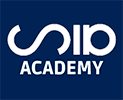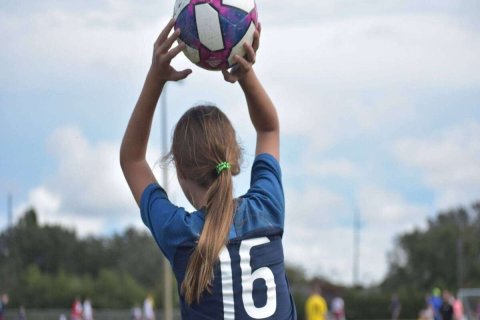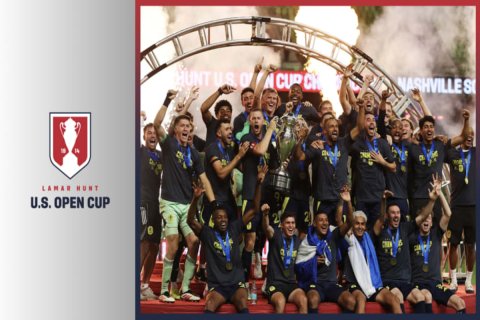As soccer continues to rise in popularity across the United States, college soccer finds itself at a pivotal moment, caught between tradition and transformation.
The Shifting Landscape of U.S. College Soccer
For decades, college soccer has served as the main development pathway for American players. From NCAA Division I programs to junior college teams, thousands of athletes have honed their craft on university campuses before entering the professional ranks or transitioning into careers beyond the sport. However, the landscape is changing. With the explosion of professional academies, increased investment in youth development, and a growing emphasis on international scouting, the relevance and role of college soccer are being reexamined.
Today’s top prospects are increasingly bypassing the collegiate route in favor of signing with MLS Next Pro, USL academies, or going abroad to European or South American clubs. While college programs once provided the primary training environment for elite players, that reality is fading. This shift has sparked critical debate among coaches, players, and administrators: What is the future of college soccer in a rapidly evolving soccer ecosystem?
Compression of the Traditional Season
One of the most debated issues in recent years is the length and structure of the college soccer season. Currently, the NCAA men’s soccer season is confined to a short fall semester, spanning just a few months. Players are often expected to play up to three matches in a week, leaving little time for recovery, tactical preparation, or skill development. This condensed format not only increases the risk of injury but also compromises the quality of play.
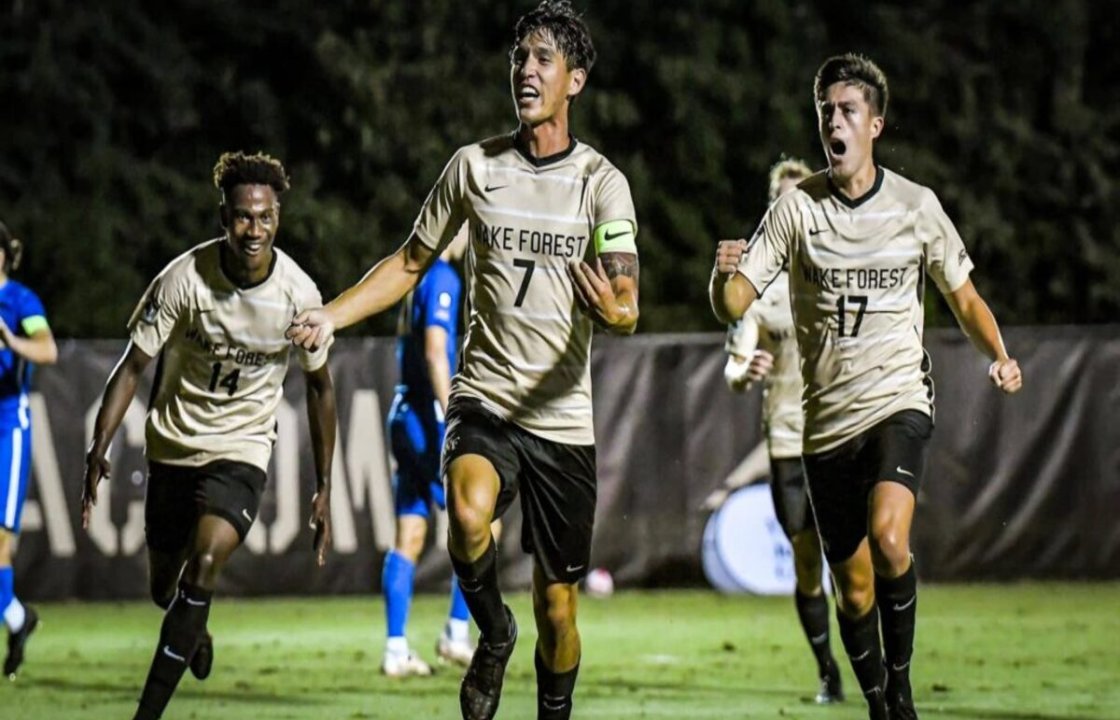
There has been a growing push, led by influential coaches and athletic directors, to adopt a year-round model that stretches into the spring, aligning more closely with global soccer calendars. Advocates argue that a split-season format would allow for better player development, reduced physical stress, and more meaningful competition. Critics, however, point to the logistical challenges this presents in terms of academics, budgeting, and facility scheduling.
Despite the challenges, the pressure for reform is mounting. The success of professional development leagues that offer year-round play is exposing the limitations of the current college model. If college soccer is to remain relevant and competitive, extending the season may no longer be an option—it may be a necessity.
The Role of Name, Image, and Likeness (NIL)
The recent introduction of Name, Image, and Likeness (NIL) rights has fundamentally changed the dynamics of collegiate athletics. For the first time, student-athletes can profit from their personal brands, sign sponsorship deals, and build a public identity while still in school. This shift is already having a major impact on high-profile sports like football and basketball, but soccer is not far behind.
Talented players with strong social media followings now see college as a legitimate platform to gain exposure and financial opportunities. In this sense, college soccer can still provide value to players looking to build their marketability, especially in the women's game, where NIL opportunities have been particularly significant due to the popularity of U.S. women’s national team stars.
The emergence of NIL deals has also altered the recruiting landscape. Colleges with strong media programs, larger fanbases, or partnerships with local businesses now have a competitive edge in attracting talent. This could lead to a reshuffling of traditional powerhouses as players choose programs that offer more than just athletic prestige.
Bridging the Gap Between Academics and Professionalism
One of the enduring appeals of college soccer is its dual commitment to athletics and education. For players who may not make it to the professional level, earning a degree while competing at a high level remains an invaluable opportunity. However, the growing divide between professional pathways and college programs has highlighted the need for greater synergy between the two systems.
Some progressive universities are beginning to explore partnerships with pro clubs, enabling athletes to train with professional teams while maintaining their NCAA eligibility. Others are advocating for enhanced internship programs, international exchange opportunities, and access to elite-level training environments during the offseason.
As the game evolves, there will be increasing pressure on colleges to adapt and offer holistic development models—ones that do not force students to choose between their academic future and their soccer ambitions. Creating flexible, player-centric programs that merge educational excellence with high-performance training could be the key to ensuring the continued value of college soccer.
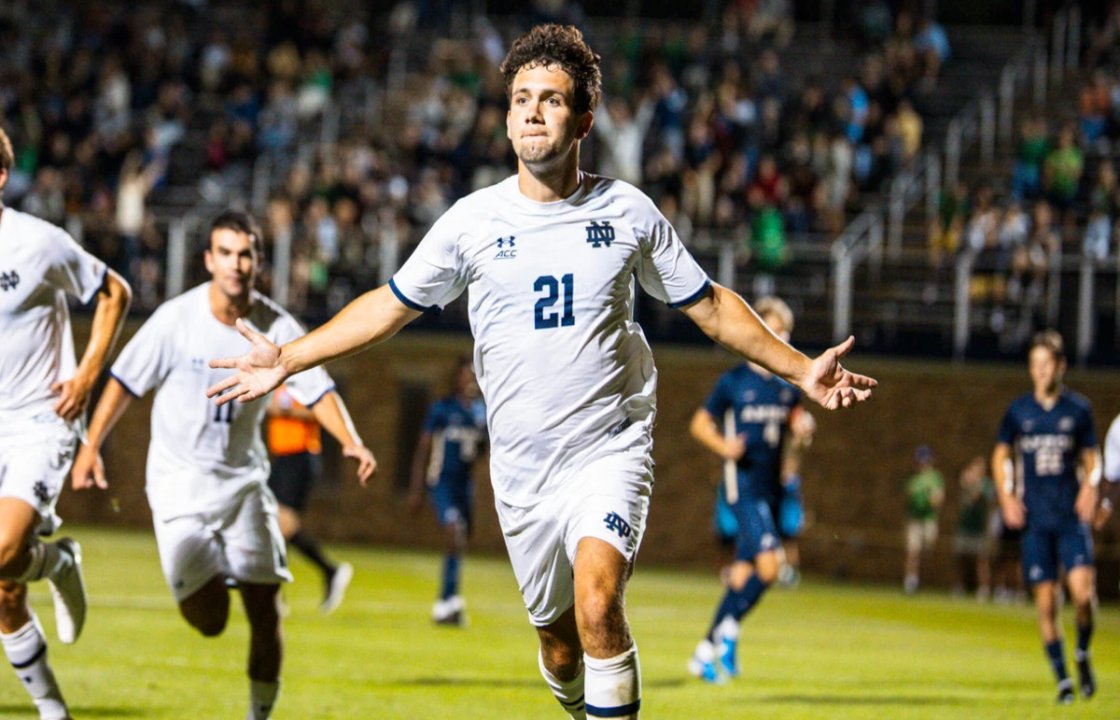
Women’s College Soccer on the Rise
While the men’s game grapples with external competition from professional leagues, women’s college soccer is experiencing a unique surge in visibility and support. The success of the U.S. Women’s National Team has inspired a generation of young female players, and the college game continues to serve as a critical feeder into both the NWSL and international clubs.
With the expansion of the NWSL and increasing global attention on women’s soccer, collegiate programs are investing more in facilities, coaching staff, and international recruiting. Some college teams now serve as mini-academies, producing professional-caliber athletes who are technically and tactically ready for the next level.
As NIL rights also benefit women’s sports, college programs that focus on brand building and digital engagement may emerge as new leaders in the recruiting game. The empowerment of female athletes, both on and off the field, is reshaping what it means to be a student-athlete in 2025 and beyond.
A Look Ahead: What Will College Soccer Become?
The coming years will define the identity and function of college soccer in the broader U.S. soccer system. Will it remain a viable development path for future pros, or evolve into a more balanced model that prepares student-athletes for diverse careers? Will it adopt a new calendar, embrace international influences, and support professional ambition while safeguarding academic values?
The answers lie in institutional willpower, stakeholder collaboration, and the recognition that American soccer is no longer in its infancy. For college soccer to thrive, it must embrace change without losing its core: education, community, and competition.
The SIA Academy Connection: Preparing for the Future
At SIA Academy, we recognize these shifts in the U.S. college soccer landscape and actively prepare our players for the realities of the modern game. Through our personalized development plans, international competition exposure, and focus on both academic and athletic excellence, we bridge the gap between elite training and future opportunities—whether in college or professional soccer.
Our academy helps players not only improve technically and tactically, but also understand how to navigate recruitment processes, market themselves under the new NIL system, and make informed decisions about their careers. With the evolving structure of U.S. college soccer, SIA Academy is uniquely positioned to guide athletes through this era of transformation, ensuring they are not just ready to adapt—but to lead.
